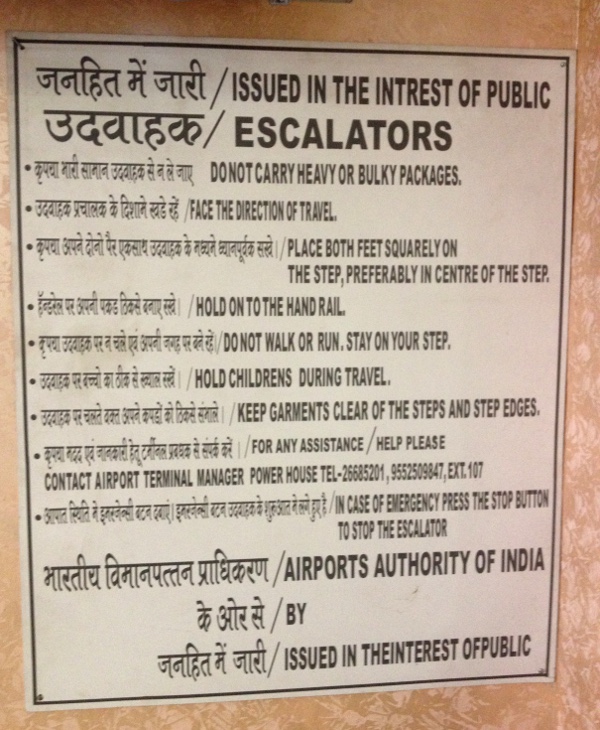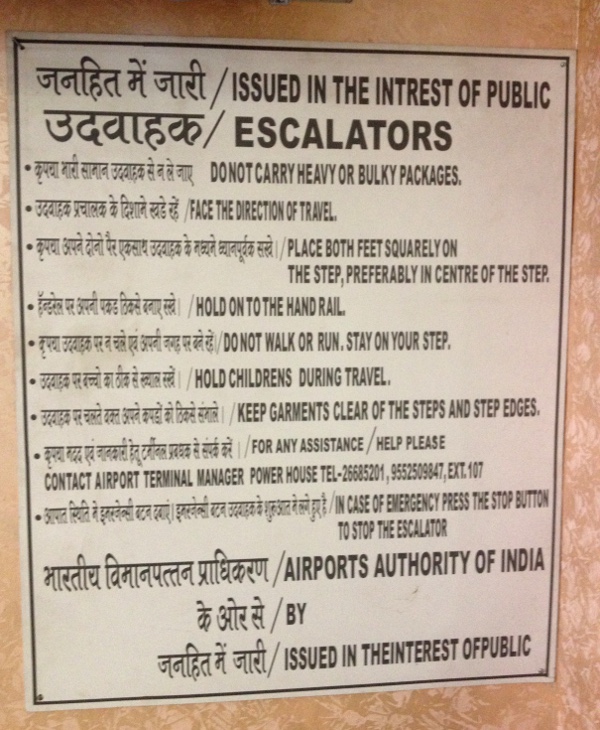How to ride an escalator is probably a more complex topic than many of us think.



I understand it is allowed, I just don't get the reasoning behind it since when trying to get from point A to point B my instinct is to continue walking at a normal pace when the opportunity presents itself.My reply was to somebody who questioned why people have to stop on the moving walkway, as if that is not allowed.
They should be climbing the walls of the elevators to get there faster.I have the same problem with elevators. I can't believe the way people just stand there.
Jumping up and down.They should be climbing the walls of the elevators to get there faster.
I understand it is allowed, I just don't get the reasoning behind it since when trying to get from point A to point B my instinct is to continue walking at a normal pace when the opportunity presents itself.
Otherwise why not occasionally stop and stand in place even when there is no moving walkway? Resume walking later, you'll get there eventually.
How to ride an escalator is probably a more complex topic than many of us think.

Here in the DC area, the locals all know the drill: to the right if you want to stand, to the left if you're walking. Tourists in the Metro are obvious in many ways, especially when they exhibit their lack of escalator etiquette. Usually a polite but firm "excuse me" will take care of the problem.
I understand it is allowed, I just don't get the reasoning behind it since when trying to get from point A to point B my instinct is to continue walking at a normal pace when the opportunity presents itself.
Otherwise why not occasionally stop and stand in place even when there is no moving walkway? Resume walking later, you'll get there eventually.
Apparently you have never experienced knee, hip, or heart surgery. Live and learn.
Apparently you have never experienced knee, hip, or heart surgery. Live and learn.
I don't even understand why healthy people stop on them at all
